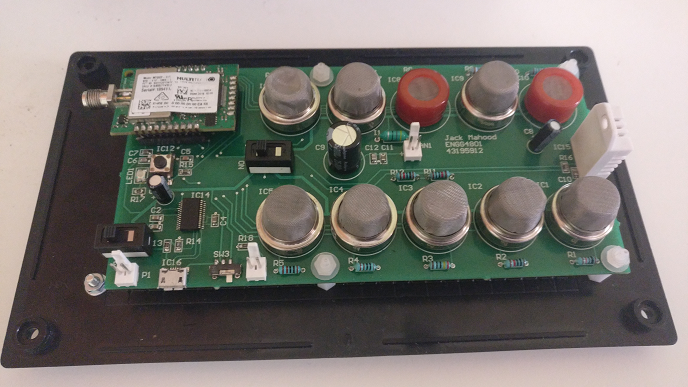Odour Classification
The Problem
Classifying odours and tracking their source in an outdoor environment can be difficult, as the gases can drift long distances and dissipate quickly. The human nose can be subjective and people can form different opinions as to the location of the source without scientific rigor.
The Solution
Creating an "electronic nose" will allow the detection and classification of different odours. By comparing their signatures to known odour locations, the source of the smell can also be established and plotted on a map.
The Project
To create an electronic nose IoT device from low-cost gas sensors and a microcomputer that sends the results to a database over LoRaWAN for subsequent alerting and mapping. The prototype under development uses pattern recognition. It operates by using a sensor array to discern different gases in the air, mimicking the human nose, and then passing the data into a trained artificial intelligence model, mimicking the human brain, to classify the data as belonging to a specific odour. The result is then send to a central database that can be interrogated from anywhere in the world.


This project is being undertaken by UQ ITEE student Jack Mahood under the supervision of Dr Alex Pudmenzky.